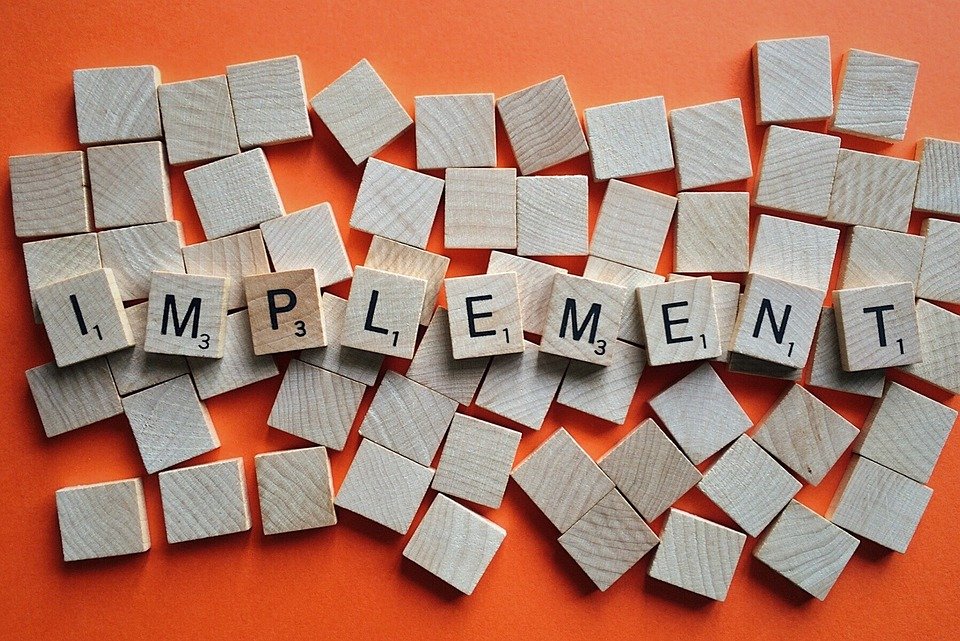Living in a world faced with environmental challenges, it is more important than ever for homeowners to take action to save the environment and, at the same time, save money. Adopting energy-saving strategies not only helps to reduce our carbon footprint but also helps to lower utility bills. Here are some energy-saving tips for homeowners looking to do their part in protecting the environment and their wallets.
One of the simplest and most effective ways to save energy at home is to make sure your home is properly insulated. Insulation helps to keep the warm air in during the winter and the cool air in during the summer, reducing the amount of energy needed to heat and cool the home. By investing in proper insulation, homeowners can save up to 20% on their heating and cooling bills.
Another way to save energy and money is by upgrading to energy-efficient appliances. Appliances account for a significant portion of a household’s energy usage, so it makes sense to invest in energy-efficient models. Look for appliances with the Energy Star label, as these products have been certified to meet strict energy efficiency guidelines. While these appliances may have a higher upfront cost, the long-term savings on energy bills make them a worthwhile investment.
In addition to appliances, lighting is another area where homeowners can save energy and money. Switching to LED light bulbs can save up to 75% more energy than traditional incandescent bulbs. LED bulbs also last much longer, which means less frequent replacements. Installing motion sensors or timers for outdoor lighting can also help reduce energy waste.
Heating and cooling are often some of the biggest energy consumers in a home. One simple way to save energy is to adjust the thermostat when you are not home or asleep. Programmable thermostats can automatically adjust the temperature based on your schedule, saving energy and money. Regular maintenance of heating and cooling systems, such as changing air filters and cleaning ducts, can also improve efficiency.
Lastly, homeowners can save energy by reducing water usage. Fixing leaky faucets and installing low-flow showerheads and toilets can significantly reduce water consumption. Additionally, setting up rain barrels to collect rainwater for irrigation can help save on water bills.
By making a few simple changes in their homes, homeowners can make a big impact on the environment and their finances. Saving energy not only reduces greenhouse gas emissions but also helps to create a more sustainable future for generations to come. It’s a win-win situation for both the environment and homeowners’ wallets.




